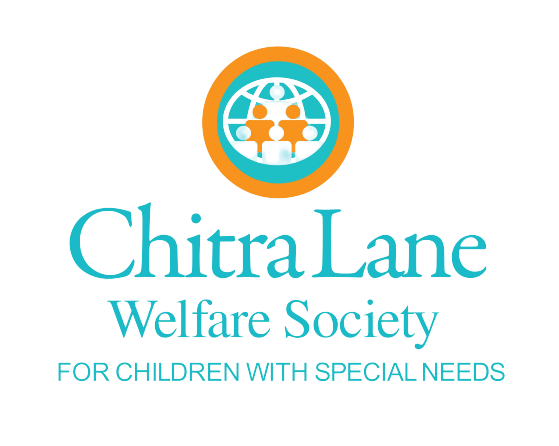- Holds book too close
- Word caller
- Points to words
- Word reversals
- Word substitutions
- Skips complete words
- Sees double
- Rereads lines
- Does not read fluently
- Vocalises during silent reading
- Poor comprehension when reading aloud
- Skips lines while reading
- Lacks skills for sounding out words
- Eye regressions
- Omits ending consonants when reading aloud
- Moves head when reading
- Loses place when reading
- Poor tracking and eye scan
- Frowns when reading
- Excessive eye blinking
- Closes or covers one eye
- Squinting
- Burning or itching of eyes
- Eye rubbing
- Visual closure problems
- Inability to focus properly
- Sights with one eye
A child with a learning disability is of average to above average intelligence and yet has difficulty in sorting and organising information that is received through their senses.
Possible difficulties faced by a child with a learning disability
No two children will have all of the same difficulties. However, a child with a learning disability can have problems in one or more of the following skill areas:
- Language
- Number
- Memory
- Perception
- Motor Coordination
- Organisation
- Social Skills
A learning disability is a permanent handicap that the individual needs to learn to cope with throughout his or her lifetime.
The following is a checklist of the most common characteristics which both parents and teachers should find useful in identifying learning-disabled children. On its own, any single characteristic is not a clear sign of the presence of a learning disability, and some are common in the very early stages of reading and writing, however many learning disabled children will display clusters of these symptoms which persist long after they should have outgrown them.
READING
WRITING
- Handedness not clearly established
- Lacks automatic response to alphabet
- Lacks spacing between words
- Letter reversals
- Improper position of paper
- Variation of letter heights
- Inability to write on the lines
- Grips pencil awkwardly or too tightly
- Moves paper or body when writing
- Pressure points in writing
- Finger writing
- Poor closure of letters
- Poor organisation of thoughts
- Poor grasp of writing mechanics
VERBAL AND AUDITORY
- Listlessness
- Frequent illness, allergies, and asthma
- Faulty pronunciation
- Unnatural pitch of voice
- Speaks too loudly
- Inability to follow more than one instruction at a time
SPELLING
- Omission of initial or final letters
- Auditory perception problems
- Better oral spelling than written
- Letter reversals
- Inability to distinguish between long and short vowels sounds
- Confusion of consonant pairs: d – b, m – n, f – v, d – t, p – d, s- z
MATHEMATICS
- Reverses numbers
- Inability to transfer in computation
- Difficulty with story problems
- Poor digit memory
- Difficulty learning to tell time
- Poor number concept
- Inability to respond automatically to basic math facts at appropriate level
- Difficulty in memorising multiplication tables
SOCIAL AND EMOTIONAL SKILLS
- Hyperactive
- Over-reactive
- Poor self-esteem
- Limited attention span
- Poor peer relations
- Attention-seeking behaviour
ORGANISATIONAL SKILLS
- Lack of routine
- No sense of time
- Lack or order and structure
Appropriate remedial methods based on the child’s educational needs and style of learning will help him to cope within the demands of mainstream academic programmes.
A vital factor in coping with this “hidden handicap” is the child’s emotional well-being. The support and encouragement of family, friends, and teachers will give a child with a learning disability the necessary courage to achieve his or her ambitions in life.



